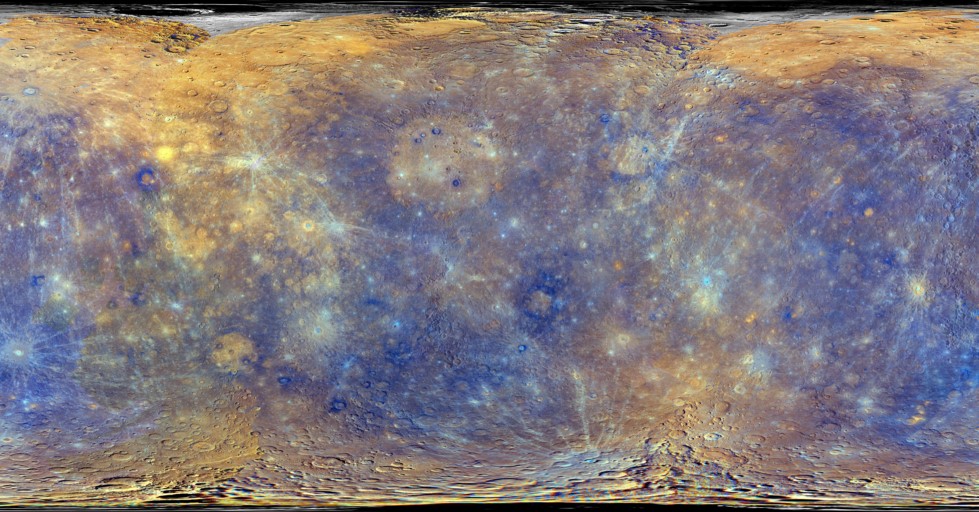Mercury was actually the smallest and fastest-moving planet in our solar system, orbiting its star every 88 days, which is why it got its name from a messenger of the gods. However, it may also have a brighter side.
According to new models, the celestial body, which is considered the closest planet to the sun, may hide a kilometer-thick layer of diamonds under its crust. Fertile ground for this theory was provided by NASA's MESSENGER spacecraft, which orbited Mercury for 11 years and mapped the entire planet, researchers say. Indy100.
In the process, he discovered an abundant amount of water in the ice at the poles, and we also learned from him that the majority of the surface consists of graphite. the IFLScience He points out that the distribution of graphite led planetary scientists to conclude that carbon was already present when Mercury formed, rather than arriving via comets or asteroids.
Could Mercury be the richest planet in the solar system?

Mosaic of Mercury's surface. NASA/Johns Hopkins University Applied Physics Laboratory/Carnegie Institution of Washington
That's why Yongjiang Xu, of the China Center for High-Pressure Research and Advanced Technology, is investigating what happened to all that carbon in Mercury's childhood, when it was still divided into a core and a crust, because he thinks the planet might have more carbon. Carbon in this early period. However, this amount decreased as gases containing both carbon dioxide and methane were released from the ocean surface into the magma.
Shaw and co-authors A Nature Communications However, it was reported in the journal that “the abundance of graphite in Mercury's crust suggests that the planet remained saturated in the carbon phase during silicate mineral differentiation, nucleation, and crystallization of the magma ocean.” In other words, there was plenty of carbon left over when the magma ocean solidified into the rocky surface we see today, but that much carbon alone isn't enough to produce diamonds, because it also requires enormous pressure.

Mercury, the innermost planet in the solar system, in its true colors. picture: NASA/Johns Hopkins University Applied Physics Laboratory/Carnegie Institution of Washington
There are two ways to get a lot of diamonds on this planet
According to the researchers, there are two possible scenarios that led to the formation of the diamond layer. According to the first, the diamonds were produced by the magma ocean, while according to the second, they were squeezed out of the core during crystallization. The first, experts say, is only possible if Mercury's magma ocean contains a large amount of sulfur, because this would change the chemical composition to the point that diamonds could be produced.
Even if sulfur were abundant, conditions are unlikely to be ripe for large-scale diamond production in this scenario. So, according to Xu and his team, this may mean that the second scenario is more likely. According to their idea, during the formation of the solid inner core, carbon would have been displaced, thus forming a layer of diamond one kilometer thick.
High temperatures may have burned away the outer parts of the layer, turning it back into graphite, but most of the diamonds may have remained between Mercury's core and the silicate mantle.
Scientists indicate that the conductivity of the diamond layer may contribute to Mercury's magnetic field. However, the lead author of the work, Dr. Bernard Charlier from the University of Liège in Belgium, pointed out that the diamond layer probably does not consist of a single thick crust, but of many different pieces.
the For new science “We have no idea how big these diamonds are,” he said.
Worth reading:






